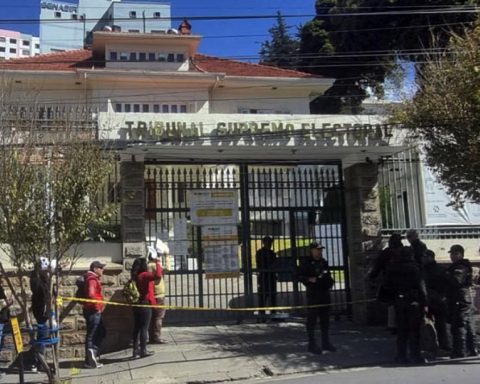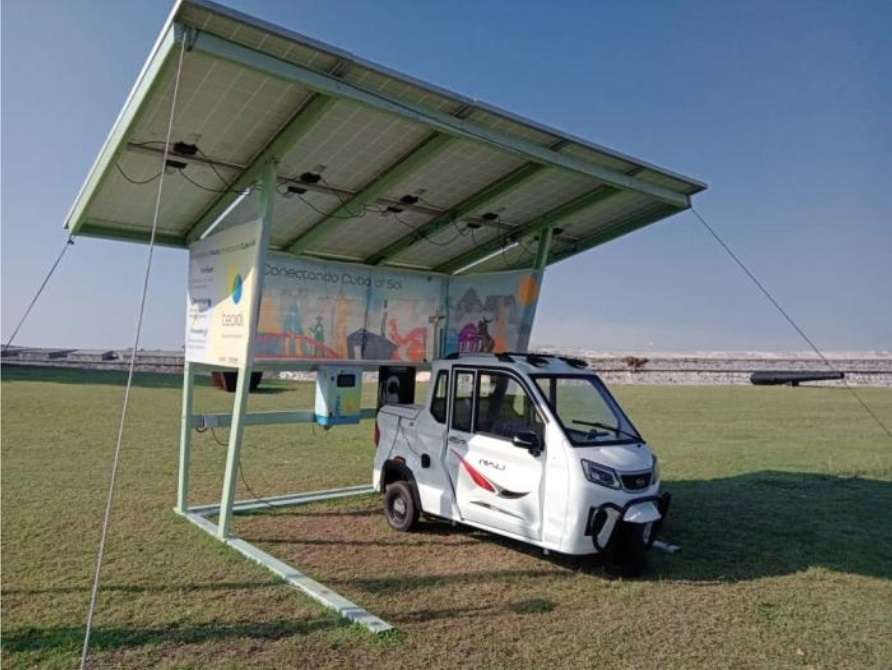June 6, 2023, 7:57 AM
June 6, 2023, 7:57 AM
Ukraine accused Russia of destroying a major hydroelectric plant dam on the Dnieper River in the Kherson region in the south of the country.
The dam is located in the Russian-occupied area of Nova Kakhovka. The town’s mayor, installed by Moscow, blamed Ukraine for the destruction.
The BBC has not been able to verify any of these versions.
The incident has caused overflows of water in the vicinity, forcing multiple evacuations in the area, with at least 16,000 people vulnerable to flood riskaccording to Ukrainian sources.
The Russian state news agency Tass reported that a state of emergency has been declared in the Nova Kakhovka district, where – according to Russian security sources – some 600 houses are under water.
Images circulating on social media show a massive breach in the Kakhovka dam, with water spilling through war zones and heading in the direction of Kherson.
Ukrainian President Volodymyr Zelensky called an emergency meeting of the National Security and Defense Council and assured that his government is doing “everything possible to save the people.”
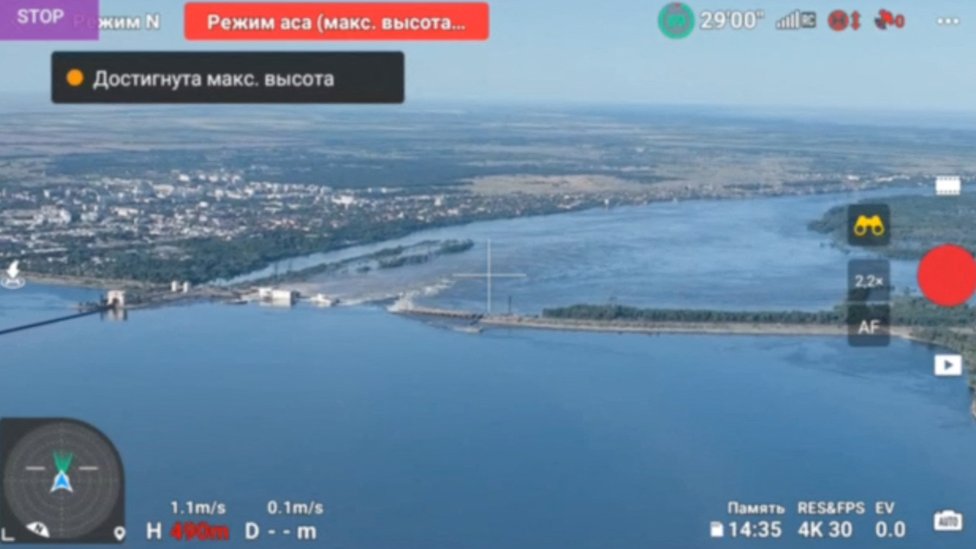
The Zaporizhzhia nuclear power plant depends on the water of this dam to cool their nuclear reactors.
So far, reports indicate that the situation is under control.
The International Atomic Energy Agency (IAEA) says it is monitoring the situation closely.
“The absence of water in the cooling systems for an extended period of time could cause the melting of the fuel and the inoperability of emergency diesel generators,” Rafael Grossi, a spokesman for this agency, said in a statement.
But Grossi added that “there is no immediate risk to the safety of the plant.”
The destruction of the dam can have several consequences
Analysis by Paul Adams, diplomatic correspondent in Ukraine
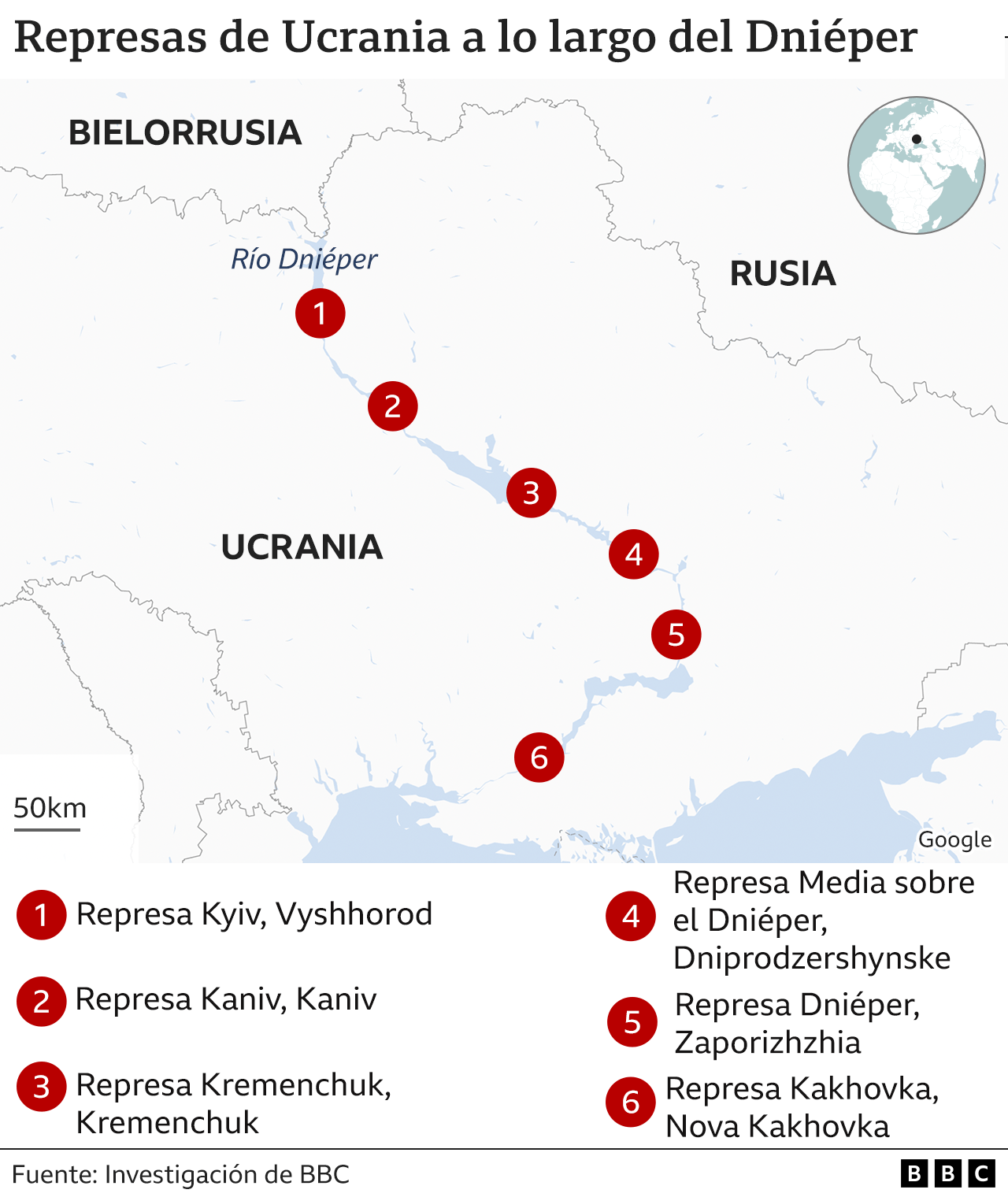
The destruction of the dam in Nova Kakhovka can have serious consequences in several directions. The most immediate is that downstream communities now face the risk of massive flooding.
Authorities in Kherson, less than 50 miles downriver, have urged residents in the lower parts of the city to evacuate as quickly as possible and seek refuge on higher ground.
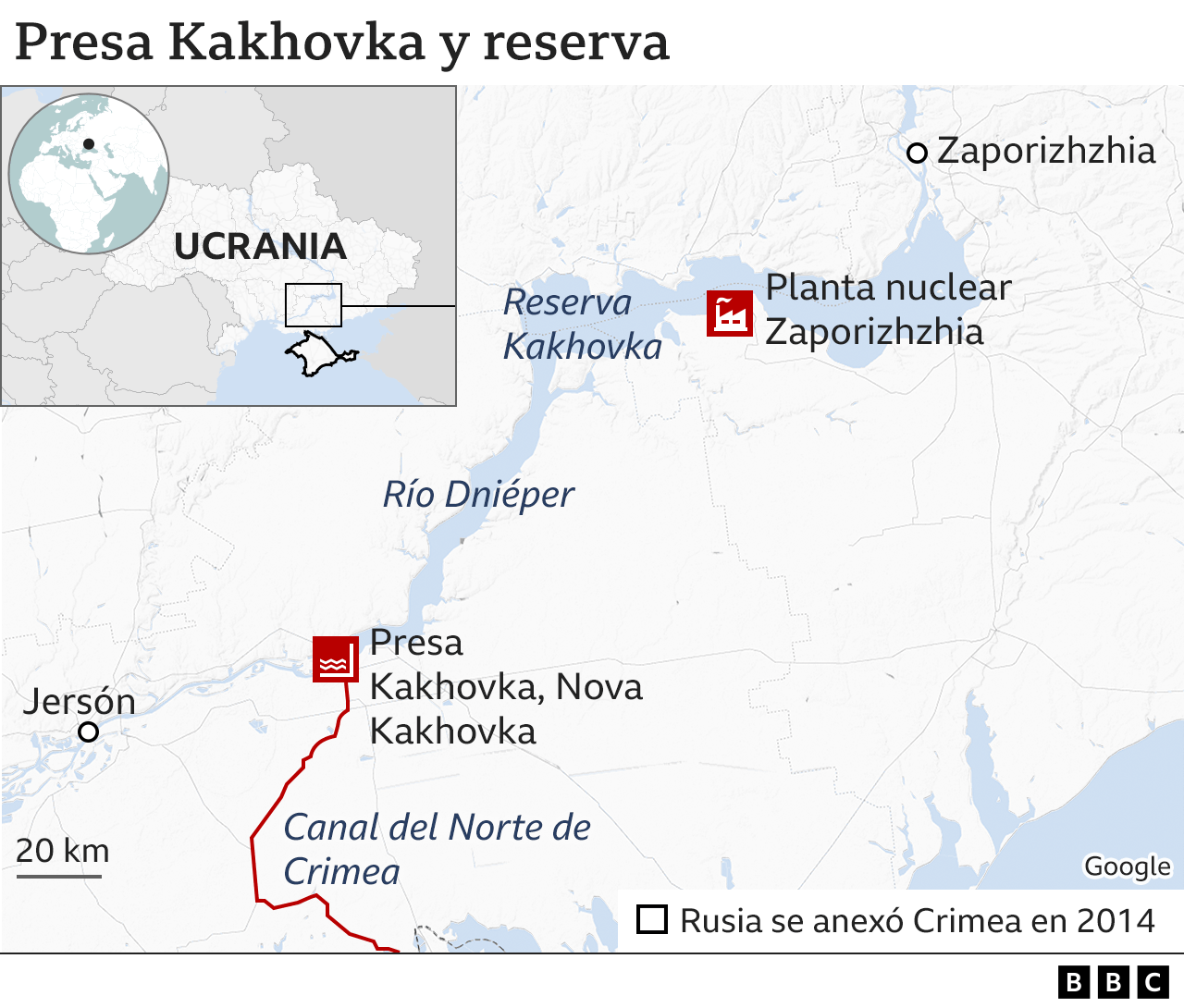
The dam sustains the waters of the Dnieper River, forming a vast reservoir that provides water for various communities.
The reserve also supplies cooling water for the Zaporizhzhia nuclear power plant, the largest in Europeabout 100 kilometers upriver.
Kyiv authorities say the situation at the Zaporizhzhia plant, occupied by Russian troops since last year, is “under control” but could deteriorate if the plant’s cooling reserves begin to run low.
The dam was built during Soviet times and is one of six dams along the Dnieper River, which runs from the north of the country to the sea in the south.
It’s huge. Locals call it the Kakhovka Sea because in some areas you cannot see the other side. The dam contains an amount of water similar to Utah’s Great Salt Lake in the United States, according to Reuters.
Remember that you can receive notifications from BBC Mundo. Download the new version of our app and activate them so you don’t miss out on our best content.



